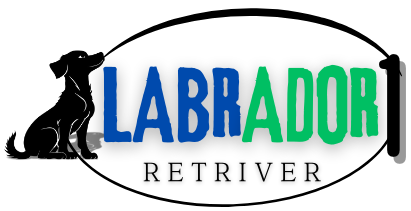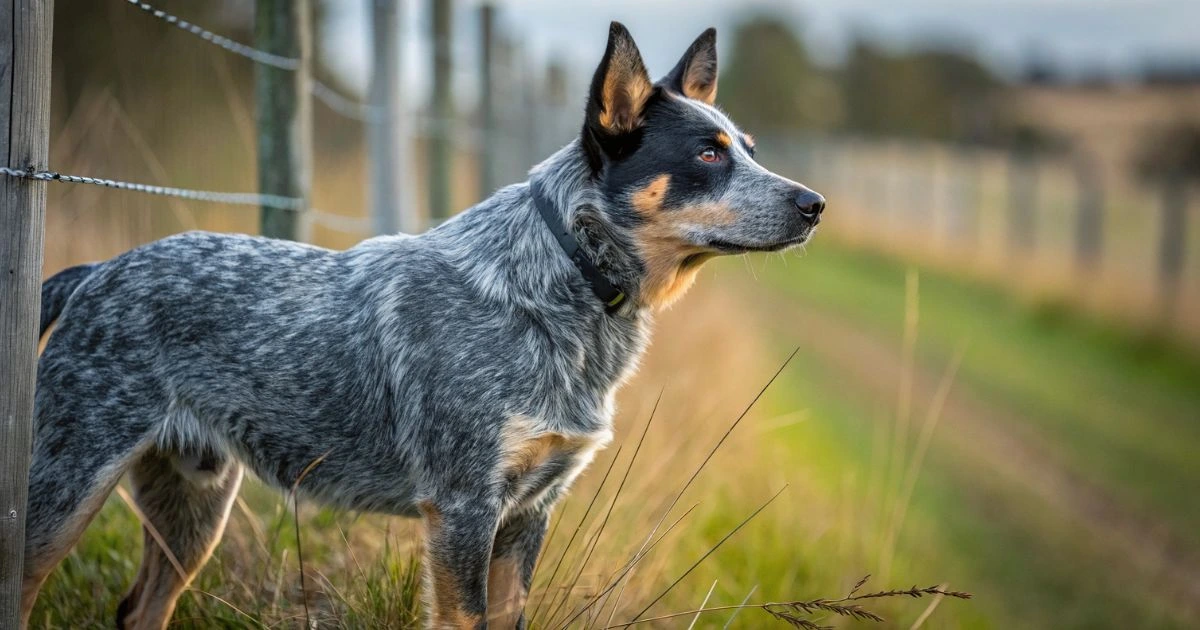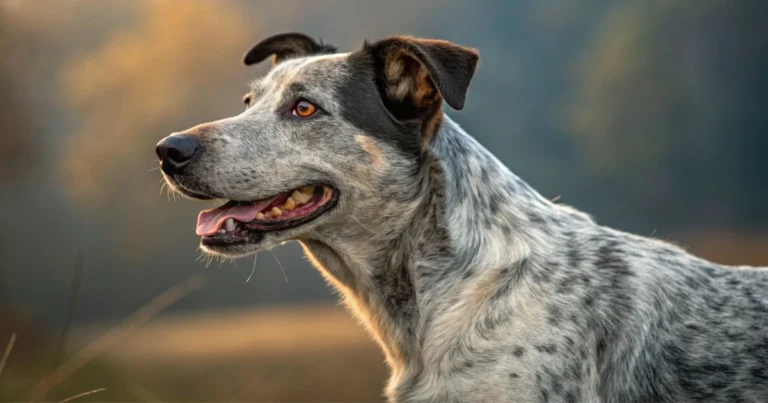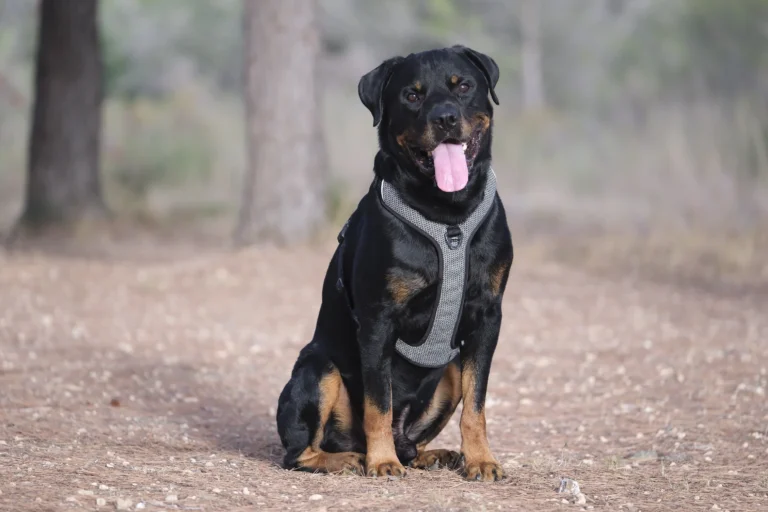Australian Cattle Dog Blue Heeler Labrador Retriever Mix: Complete Breed Guide
Imagine a dog that combines the best of two worlds: the intelligence, loyalty, and work ethic of the Australian Cattle Dog (Blue Heeler) and the affectionate, friendly nature of the Labrador Retriever. You’re not just getting a dog; you’re getting a versatile, loving companion who is ready to keep up with your active lifestyle and share in the joys of your daily adventures.
This crossbreed, known as the Australian Cattle Dog Blue Heeler Labrador Retriever mix, is quickly becoming a favorite for active families and individuals alike. Whether you’re seeking a running partner, a family-friendly dog, or just a new friend to spend time with, this mixed breed has the potential to fit seamlessly into your home. But before you decide if this energetic companion is right for you, it’s important to understand their personality, care needs, health, and more.
This guide is designed to give you everything you need to know about the Australian Cattle Dog Blue Heeler Labrador Retriever mix, ensuring that you’re fully prepared to welcome one into your life. Let’s dive into what makes this breed mix unique, and why it could be the perfect dog for you.
Table of Contents
Features of the Blue Heeler Labrador Retriever Mix, an Australian Dog
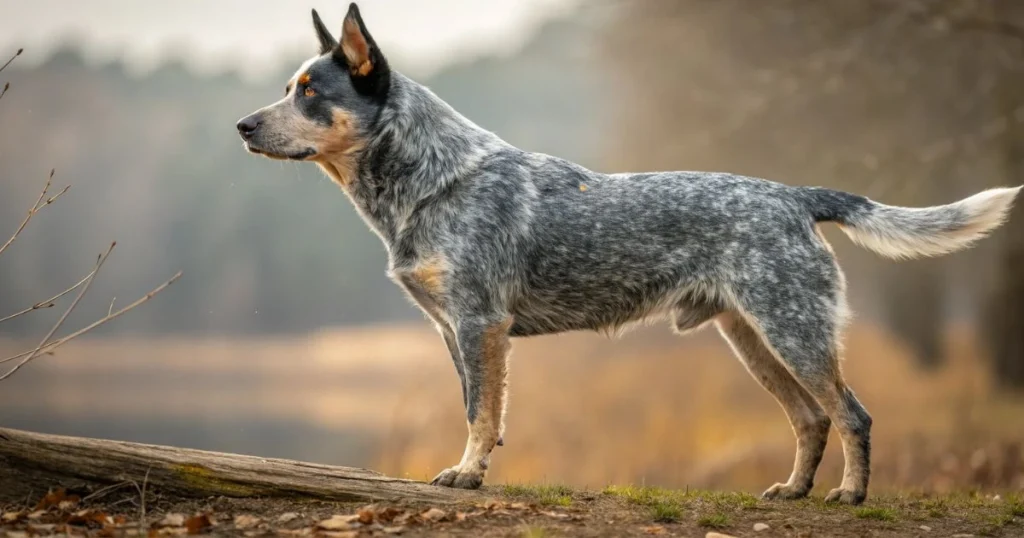
Appearance and Physical Traits
You will see that the Australian Cattle Dog Blue Heeler Labrador Retriever mix inherits a combination of the physical characteristics of both parent breeds. These dogs, which are usually medium to large in size, exhibit their parents’ athletic, muscular physique.
Size and Weight:
- Height: This hybrid can range from 18 to 23 inches tall at the shoulder.
- Weight: Expect a weight range of 40 to 65 pounds, depending on their genetics.
Coat:
The coat of this mix is typically short, dense, and weather-resistant, a feature passed down from both parent breeds. The fur is often medium length, making it easier to maintain than longer-haired dogs but still requiring regular brushing to manage shedding.
Color:
The coat color can vary, with the most common shades being a blend of blue, black, and tan, which mirrors the Australian Cattle Dog, or the classic yellow, black, or chocolate shades of the Labrador Retriever. Some mixes may even have distinctive merle markings or solid coats with minimal markings.
Facial Features:
The mix often inherits expressive eyes, typically amber or brown, and a sharp, alert expression. You may also see perky ears, a common trait from the Cattle Dog parent.
Tail:
Their tail is typically medium in length and may have a slight curl or slight wave at the tip, especially if they inherit traits from the Australian Cattle Dog.
Temperament and Personality
This breed is known for being high-energy and intelligent, inheriting the best traits of the Blue Heeler and Labrador Retriever. However, it also means you’ll need to be prepared to provide plenty of physical and mental stimulation to keep them happy.
Energetic and Playful:
Expect an Australian Cattle Dog Blue Heeler Lab mix to be highly active, making them a great companion for outdoor adventures. They thrive on activities like running, hiking, and playing fetch, making them perfect for an active person or family.
Intelligent and Trainable:
Both parent breeds are known for their intelligence. As a result, this mix is eager to please and quick to learn, but they also need consistent leadership. They may try to outsmart you or become bored if not mentally stimulated, so training is essential.
Affectionate and Loyal:
The affectionate and amiable disposition of Labrador Retrievers is evident despite their experience as working dogs. This mix is renowned for being loving and having a close bond with their family, which offers protection and loyalty.
Good with Families:
While they can be a bit protective, they generally get along well with children and other pets, especially if they’ve been socialized properly. However, due to their herding instincts, they might exhibit nipping behavior, particularly with smaller children who run or move erratically.
Health and Lifespan of the Australian Cattle Dog Blue Heeler Labrador Retriever Mix
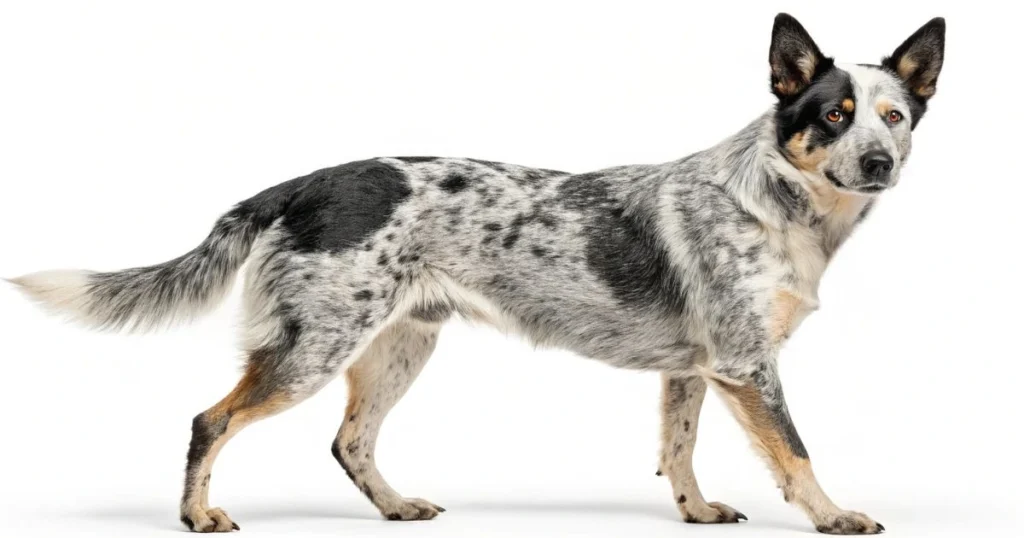
Like all dogs, the Australian Cattle Dog Blue Heeler Labrador Retriever mix has its health considerations. Understanding common health concerns can help you provide better care for your dog.
Common Health Issues
While this hybrid breed is typically healthy, it can inherit specific health problems from both parent breeds. Here are the most common issues to be aware of:
Hip and Elbow Dysplasia:
As a large breed, the Australian Cattle Dog Blue Heeler Labrador Retriever mix is prone to hip and elbow dysplasia. This occurs when the joints don’t form properly, leading to pain and difficulty with movement.
Progressive Retinal Atrophy (PRA):
This genetic eye disorder affects the vision of the dog. While it’s not always a concern, it’s important to have regular eye exams, especially if you notice signs of vision problems.
Epilepsy:
Epilepsy is another potential concern, and while it’s not always inherited, it can be managed with medication and regular vet visits.
Allergies:
Like many dogs, this mix can suffer from environmental or food allergies, leading to symptoms like itchy skin or digestive upset.
Lifespan
The typical lifespan of the Australian Cattle Dog Blue Heeler Labrador Retriever mix is around 12 to 15 years. With proper care, including regular vet check-ups, a balanced diet, and adequate exercise, they can live a long, healthy life.
Exercise and Training Requirements
Exercise Needs
Due to their high level of activity, you will need to give them at least one to two hours of exercise each day in order to meet their energy needs. Boredom and harmful behaviors can result from a lack of exercise.
Recommended Activities:
- Running or jogging with your dog.
- Interactive play like fetch or tug-of-war.
- Agility training or obedience classes to keep their mind engaged.
Training and Socialization
Although this mix is very trainable, patience and consistency are needed. Their Australian Cattle Dog ancestry contributes to their propensity for independent thought. As a result, you will need to set up boundaries and rules right away.
Positive Reinforcement:
Using positive reinforcement methods such as treats, praise, and toys works best with this mix. They respond well to training when it’s rewarding and fun.
Socialization:
Socialization is essential, especially to avoid overly protective behavior or aggression toward strangers. Introducing them to different people, animals, and environments from an early age will help them grow into well-rounded dogs.
Grooming and Care Tips
Though this hybrid breed has a short coat, it still requires regular care to keep them comfortable and healthy.
Coat Care:
- Brushing: Regular brushing 2-3 times a week will help manage shedding and reduce the amount of fur around your home. During shedding season, you may need to brush more frequently.
- Bathing: Unless they become extremely dirty from outdoor activities, it is usually sufficient to bathe them every 6 to 8 weeks. To protect their skin, make sure to use a shampoo that is safe for dogs.
Ear and Teeth Care:
- Ear Cleaning: Check and clean your dog’s ears regularly to avoid infections.
- Teeth Brushing: Dental hygiene is important, so brush their teeth a few times a week to avoid plaque buildup and bad breath.
Feeding and Nutrition
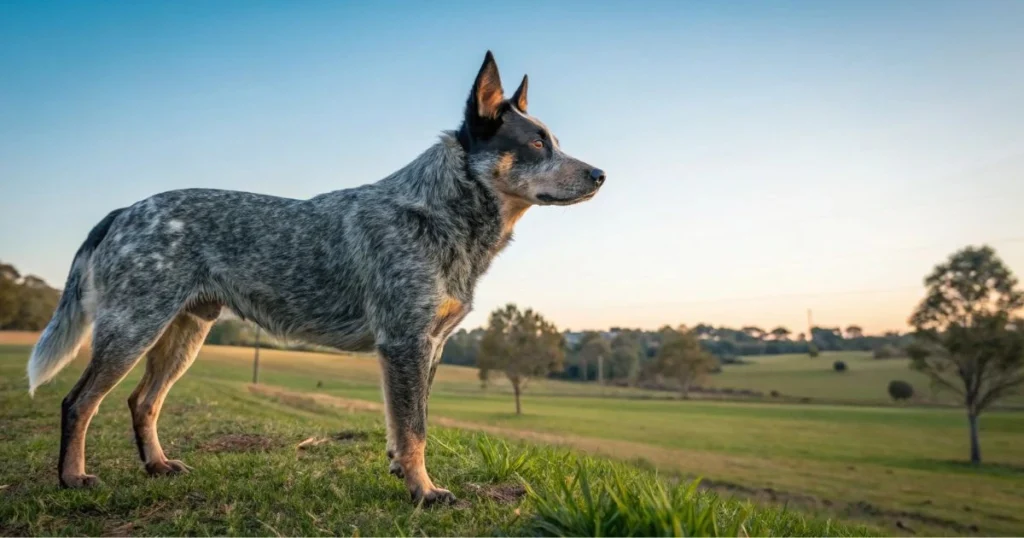
Dietary Needs of the Australian Cattle Dog Blue Heeler Labrador Retriever Mix
This energetic dog needs a diet that supports its activity levels and overall health. Opt for a high-quality dog food that is rich in protein and provides the necessary nutrients to keep them fit and strong.
Key Nutrients:
- Protein: Look for foods with 20-30% protein as a primary ingredient.
- Healthy Fats: A healthy amount of fats (8-15%) is essential to support their energy levels and coat condition.
- Fiber: Make sure there’s enough fiber (3-6%) to support digestion.
Is the Australian Cattle Dog Blue Heeler Labrador Retriever Mix Right for You?
Prior to making the commitment, consider the following:
- Do you lead a busy lifestyle? This breed requires a great deal of mental and physical stimulation.
- Are you prepared for training? Their intelligence can lead to independent behavior, so consistent training is key.
- Do you have the time to socialize them? Early socialization is essential for well-rounded behavior.
If you answered yes to these questions, then the Australian Cattle Dog Blue Heeler Labrador Retriever mix may be the perfect addition to your family.
Conclusion: Embrace the Adventure with Your New Companion
The Australian Cattle Dog Blue Heeler Labrador Retriever mix is more than just a dog. They’re an energetic, loyal companion who will add excitement and affection to your life. With the right training, exercise, and care, you’ll build a lifelong bond with this incredible breed mix. If you’re ready for the challenge and the joy they bring, then you’ve found the perfect new best friend.
